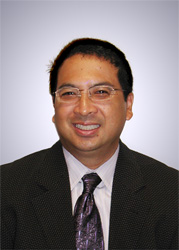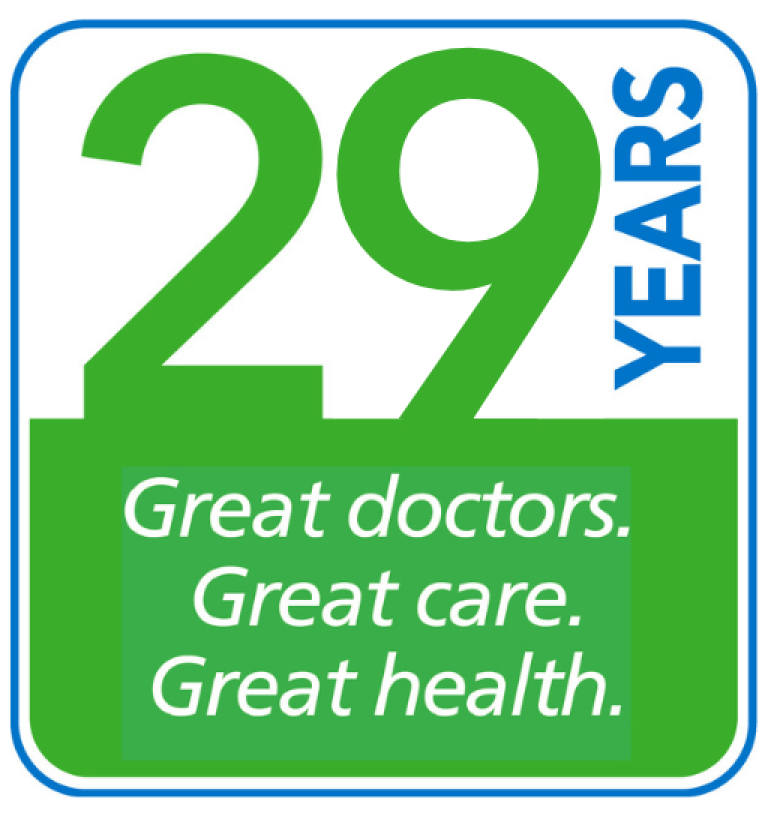Q: What prompted you to get certified by the CDC in diagnosis & treatment of concussions?
A: I was initially interested as a result of my children’s participation on travel lacrosse teams. I also wanted to expand my knowledge to include head injury assessment in my practice. I see this as key information that needs to be more widely understood by individuals of all ages. The CDC points out that head injuries occur in falls and accidents in young children and older adults, so it pertains to more than sports-related head trauma.
Q: What exactly is a Mild Traumatic Brain Injury (MTBI) or concussion?
A: It’s a complex process affecting the brain caused by a blow or jolt to the head that disrupts the brain’s function. It results in a constellation of physical, cognitive, emotional and/or sleep-related symptoms and may or may not involve a loss of consciousness. MTBI symptoms may appear mild, but can lead to significant, life-long impairment. Symptoms can last from several minutes, to days, weeks, months or longer in some cases.
Q: If I’m a parent of a young athlete, how can I help protect my child before a head trauma occurs?
A: To reduce the risk of concussion or traumatic brain injury, individuals should always wear a seat belt when riding in a motor vehicle, wear a properly fitted helmet when biking, skiing, etc., or when playing any contact sport. Athletes should also get a baseline screening every year before the start of the sports season. A set of simple cognitive tests will allow your health care provider to assess changes that may occur with any subsequent head trauma. Also, parents should check with schools or county sports programs to make sure there is a process in place for handling concussions.
Q: What should I know about the recovery process if a loved one is diagnosed with a concussion?
A: It’s important to limit physical and mental activity after a concussion (generally at least one week) until being reevaluated and cleared to return to normal activities by a health care provider.
 Julie Henne-Reese, is a Certified Registered Nurse Practitioner at our Queenstown office, who has been with Maryland Primary Care Physicians since 2001. She received her Bachelor of Science in Nursing and her Master of Science in Nursing degrees from the University of Maryland School of Nursing. Ms. Henne-Reese is board certified by the American Nurses Credentialing Center in Family Practice, and has recently received her CDC certification in diagnosis and testing of MTBI (concussions).
Julie Henne-Reese, is a Certified Registered Nurse Practitioner at our Queenstown office, who has been with Maryland Primary Care Physicians since 2001. She received her Bachelor of Science in Nursing and her Master of Science in Nursing degrees from the University of Maryland School of Nursing. Ms. Henne-Reese is board certified by the American Nurses Credentialing Center in Family Practice, and has recently received her CDC certification in diagnosis and testing of MTBI (concussions).







